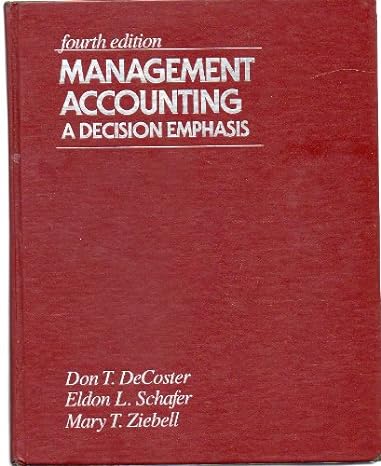Answered step by step
Verified Expert Solution
Question
1 Approved Answer
7 of 10. Which of the following is NOT TRUE about the due diligence requirements? The tax preparer: Must complete and submit Form 8867 with
7 of 10. Which of the following is NOT TRUE about the due diligence requirements? The tax preparer: Must complete and submit Form 8867 with the return when benefits are claimed on the return for EITC, CTC/ODC/ACTC, AOTC, and head of household filing status. Must always obtain documentation to prove the relationship and residency of a qualifying child before completing a claim for the EITC, CTC/ODC/ACTC, and AOTC, and head of household filing status. Must keep a copy of any documents provided by the taxpayer upon which the tax preparer relied to determine eligibility for, or the amount of, the EITC, CTC/ODC/ACTC, and AOTC, and head of household filing status. Must make additional inquiries if the taxpayer's responses appear incorrect, inconsistent, or incomplete. They also need to record any questions asked and the taxpayer's answers provided. Mark for follow up Question 8 of 10. A tax preparer is required to complete Form 8867, Pald Preparer's Due Diligence Checklist, to ensure they do the following. Which one is NOT a requirement of due diligence? Compute the amounts of all credits correctly. Review the taxpayer's records completely. Consider all the due diligence requirements for each benefit claimed on the return. Complete a thorough audit of all records. Mark for follow up Question 9 of 10. All of the following are due diligence requirements a tax preparer must meet for EITC, CTC/ODC/ACTC, AOTC, or HOH filing status EXCEPT: Investigate and verify the accuracy of information the taxpayer provides to show eligibility for EITC, CTC/ODC/ACTC, AOTC, and HOH filing status. Complete all worksheets used to compute the credit or benefit. If the worksheet is completed by hand, keep a copy in the taxpayer's client file. Maintain a copy of documents provided by the taxpayer that the tax preparer relied on when determining credit or benefit eligibility. Then record the date the information was obtained and the name of who provided the information. When information provided by the taxpayer appears to be incorrect, inconsistent, or incomplete, the tax preparer must make additional inquiries to determine if the taxpayer is eligible for the credit or benefit. Then document both the questions asked and responses provided. Mark for follow up
Step by Step Solution
There are 3 Steps involved in it
Step: 1

Get Instant Access to Expert-Tailored Solutions
See step-by-step solutions with expert insights and AI powered tools for academic success
Step: 2

Step: 3

Ace Your Homework with AI
Get the answers you need in no time with our AI-driven, step-by-step assistance
Get Started


